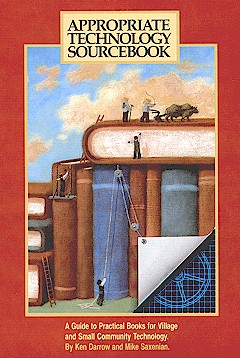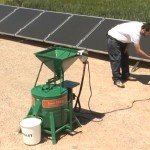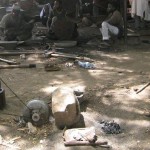“To the extent that you are mobile in an automated or motorized way with something like a car or motorcycle or fast moving tractor, you’ve increased your radius of contact with other human beings, but at the same time you dilute the quality of contact within that radius.
So you can have more contact with a lot more people, but the quality of your relationships with those people, especially the people who are your immediate neighbors, is diluted. You don’t rely on them as much. It really drastically undermines the community.
The Beachy Amish — that’s a sect within the Amish — they decided to adopt cars. Then most of the young people left the group because they got exposed to the rest of the society and — poof! — they’re gone.”
Read more: Despite horses and buggies, Amish aren’t necessarily ‘low-tech’.






